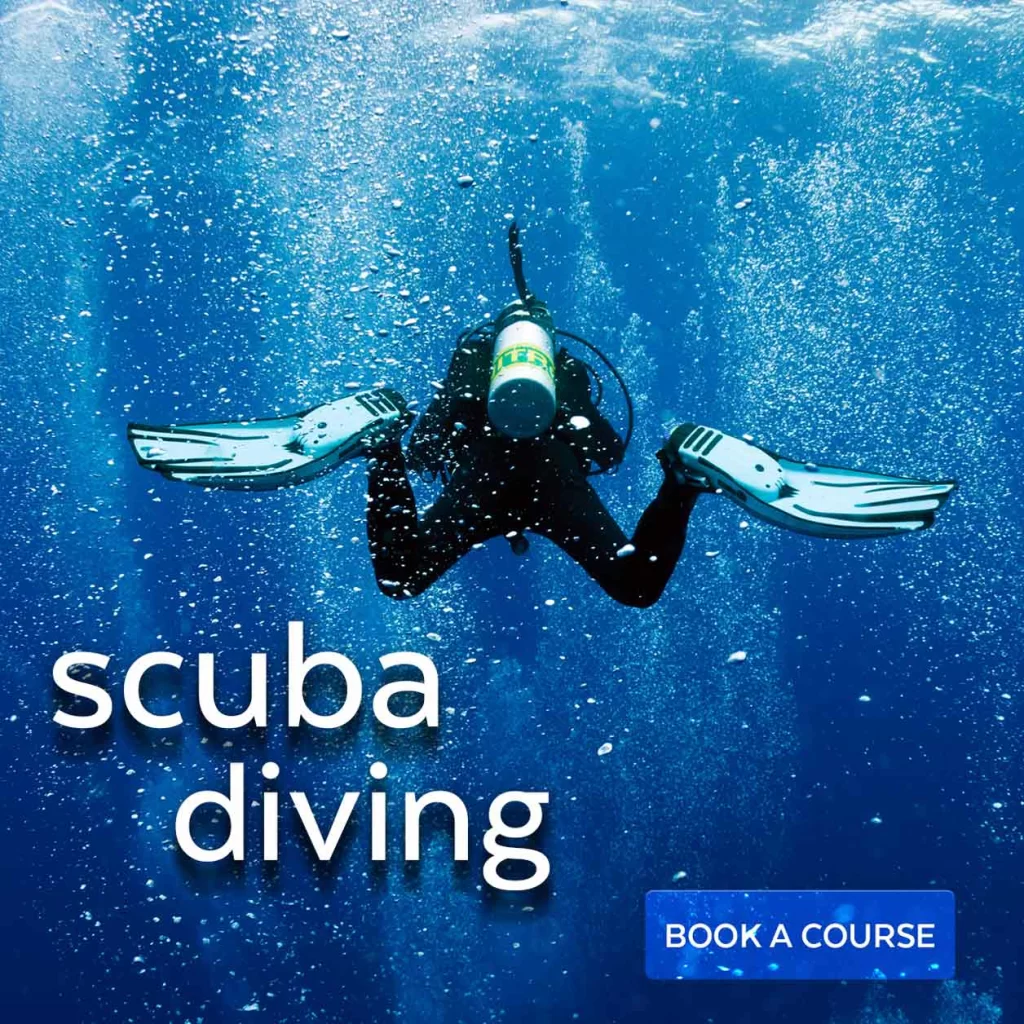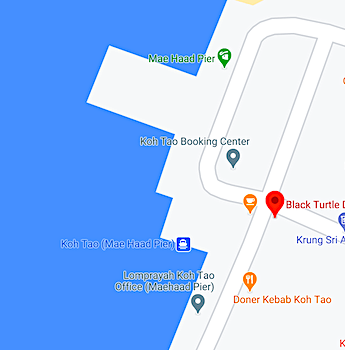Essential Scuba Diving Hand Signals
Scuba Diving has never been more popular and continues to gain more attention through the help of social media.
One of the most amazing things about Scuba Diving is that you can immerse yourself in a group of people that all share the same passion from all over the world.
The beauty of these diving relationships is that even though many people maybe from different countries, divers can still communicate with each other through their own scuba diver language of hand signals.
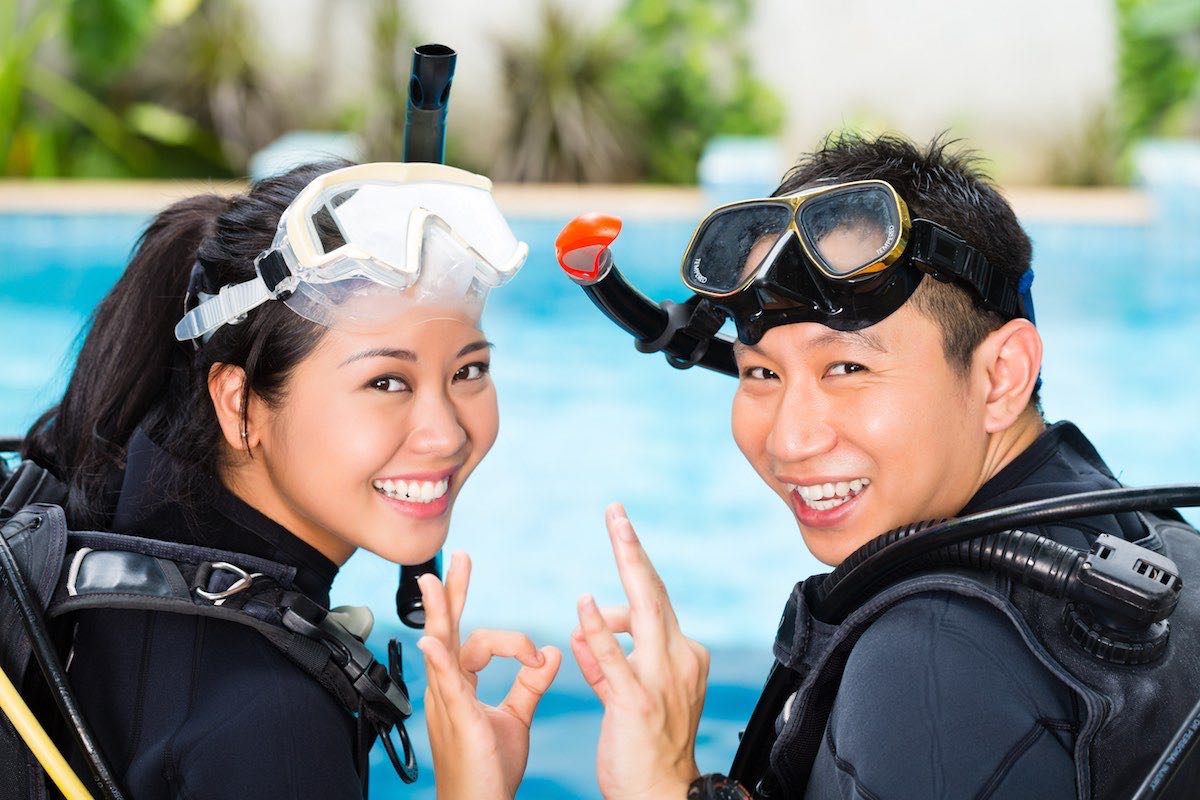
Using our hands when Scuba Diving
As we descend below the surface of the water the main method of communication for Scuba Divers is through the use of hand signals.
Although it is important to remember that some hand signals have slight variations depending on your location or style of diving.
Having a universally designed language that everyone can remember is a perfect way for buddy teams to be able to safely and enjoyably execute a successful dive with each other.
Hand Signals – Universal Underwater Language
When signalling to our buddy it is vitally important that they understand what we mean and signalling in a slow clear manner is always advised.
Most of these signals are done so in front of our chest area towards our buddy. However, some signals require pointing to an area on ourselves or in a certain direction, just like some other signals demand a response.
With over 200 globally recognised hand signals to learn and use, communicating on a dive can be fun and enjoyable whilst remaining safe.
Follow along as we take a look at the 10 scuba diving hand signals every diver needs to know.
10 Popular Scuba Diving Hand Signals
1. OK Hand Signal
The “OK” hand signal is generally the first one everybody learns no matter what level of diving your starting out with.
This hand signal is what we call a demand-response signal and it can be used in numerous ways throughout a scuba dive.
The most common way is to either ask our buddy if they are ok by gesturing this signal towards them, or to respond to this same question with the same signal back if we are OK.
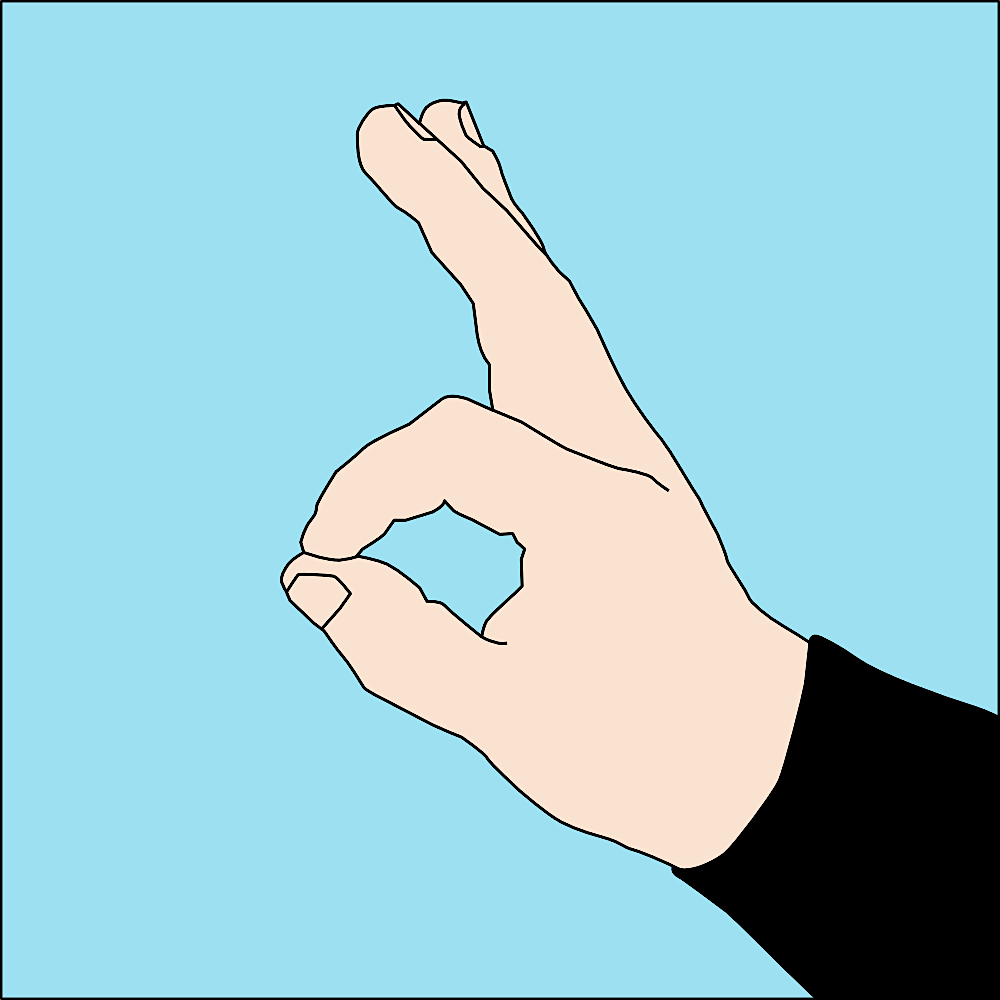
Demand-Response Signal
This hand signal is the positive way to respond to this question and is not to be confused with giving a thumbs up signal, which means something different.
Another very common way of using this signal is to use it when your buddy is asking you another question.
They may be asking you to look at something, to start to ascend or even to perform a safety stop. More on these skills later.
Replying with an OK signal lets your buddy team know that you are ok, you understand and are ready.
2. Problem or Not OK Hand Signal
The Problem signal is another hand signal that scuba divers are taught very early on.
This hand signal is used when we need to let our buddy or team know that you are experiencing a problem or you are not ok.
Following this signal by then pointing to where the problem is allows our buddy or team to be able to identify more easily what the problem is you are experiencing.
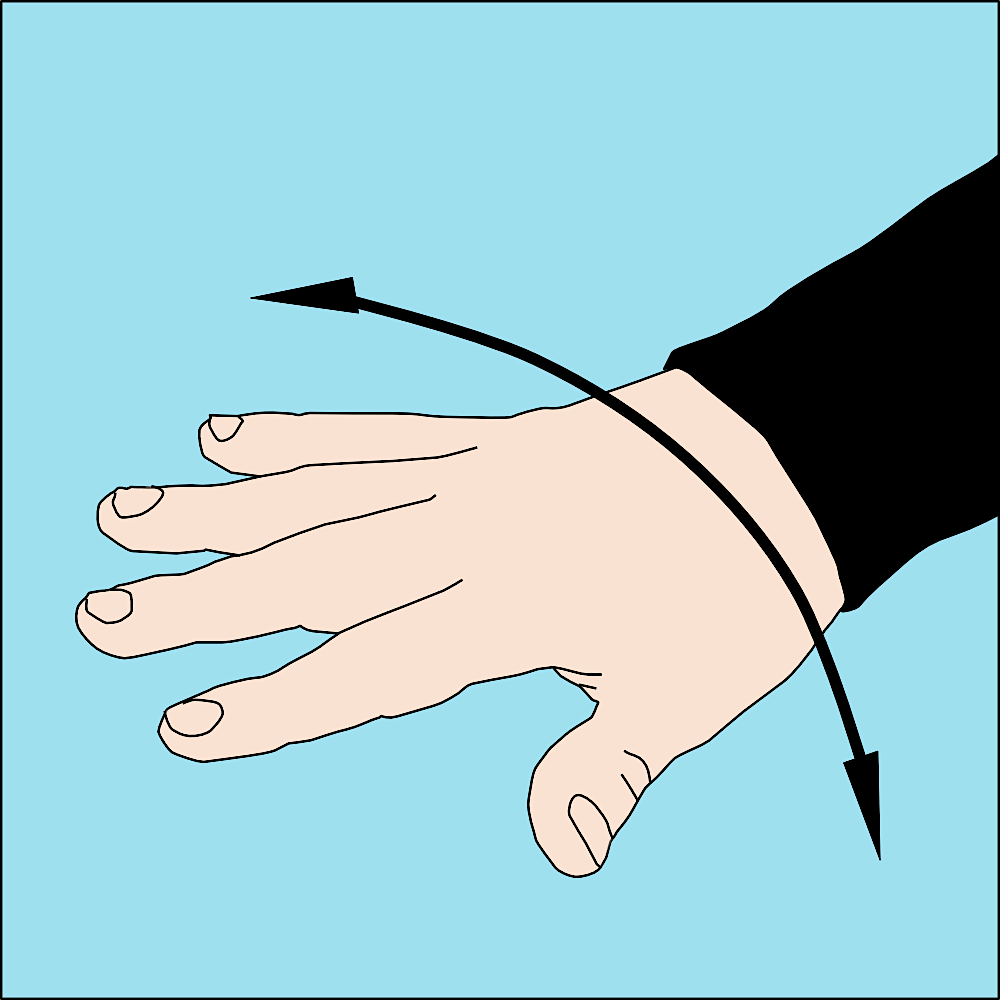
Managing Problems Underwater with Signals
For example, when experiencing a problem equalizing, showing the problem signal followed by pointing towards our ear, allows our buddy or team to either help you out or just wait whilst you manage the problem yourself.
Although we hope to never have to use this for anything too serious, it is a very important signal to remember.
Even though we may not use it, our buddy may use it and it allows us to respond in the correct manner.
3. How Much Air in the Tank Hand Signal
Scuba Diving is amazing and most divers will tell you they wish they could stay underwater for longer, unfortunately we are not able to stay underwater forever.
One of the main factors in this is how much gas we have remaining in our tank cylinders.
Therefore, it is very important that we manage this during our dives to ensure we never run out of air underwater and always surface with our planned amount or reserve.
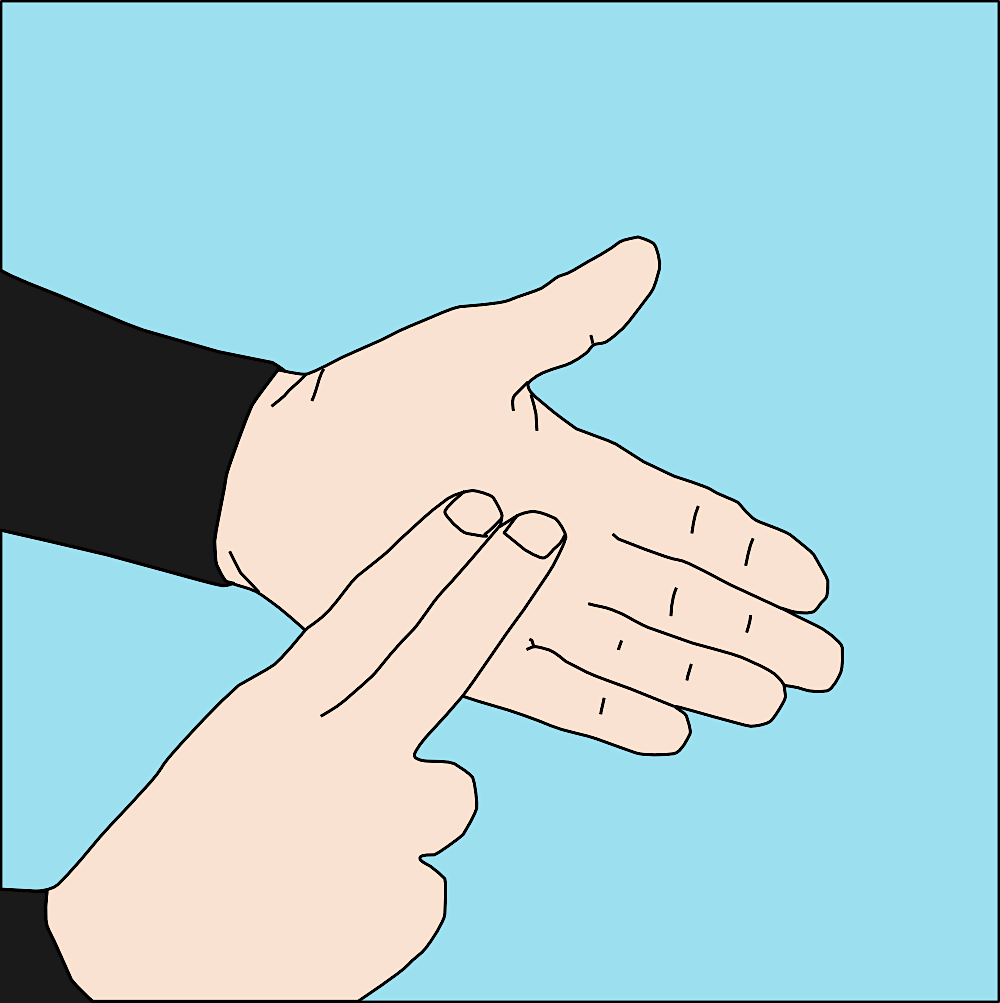
How Much Air Do You Have?
Although we are taught to regularly check how much gas we have during our dive, it is still important to check our buddy’s gas as well.
This re-affirms the importance of a buddy team and also allows the buddy who is navigating to be able to successfully turn the dive when appropriate, either based on time or how much gas is remaining within the team.
4. Low On Air Hand Signal
The Low on Air hand signal is a very important signal that all divers must remember as it is a way to indicate that our gas supply is now using up our planned reserve pressure.
For this reason, it is not a hand signal that we plan to use on every single scuba dive.
It is also important to remember that both Bar and PSI have different reserve pressures.
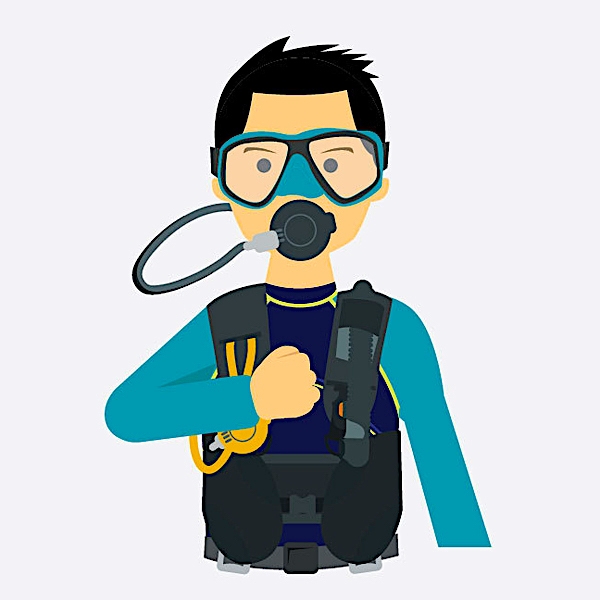
How to give the Signal for Low on Air
Things like cylinder size or diving configuration like sidemount may change the reserve pressure of a diver.
That is why having a clear and easy to follow dive plan within your buddy team is very important.
5. Out of Air Hand Signal
The Out of Air signal is one of the most important hand signals a diver will learn.
During the highly unlikely event of being in an out of air situation, which can either occur due to improper diving checks or practises or equipment malfunctions, it is important to always be ready.
During a dive it is imperative that we can easily and quickly communicate this to our diving buddy.
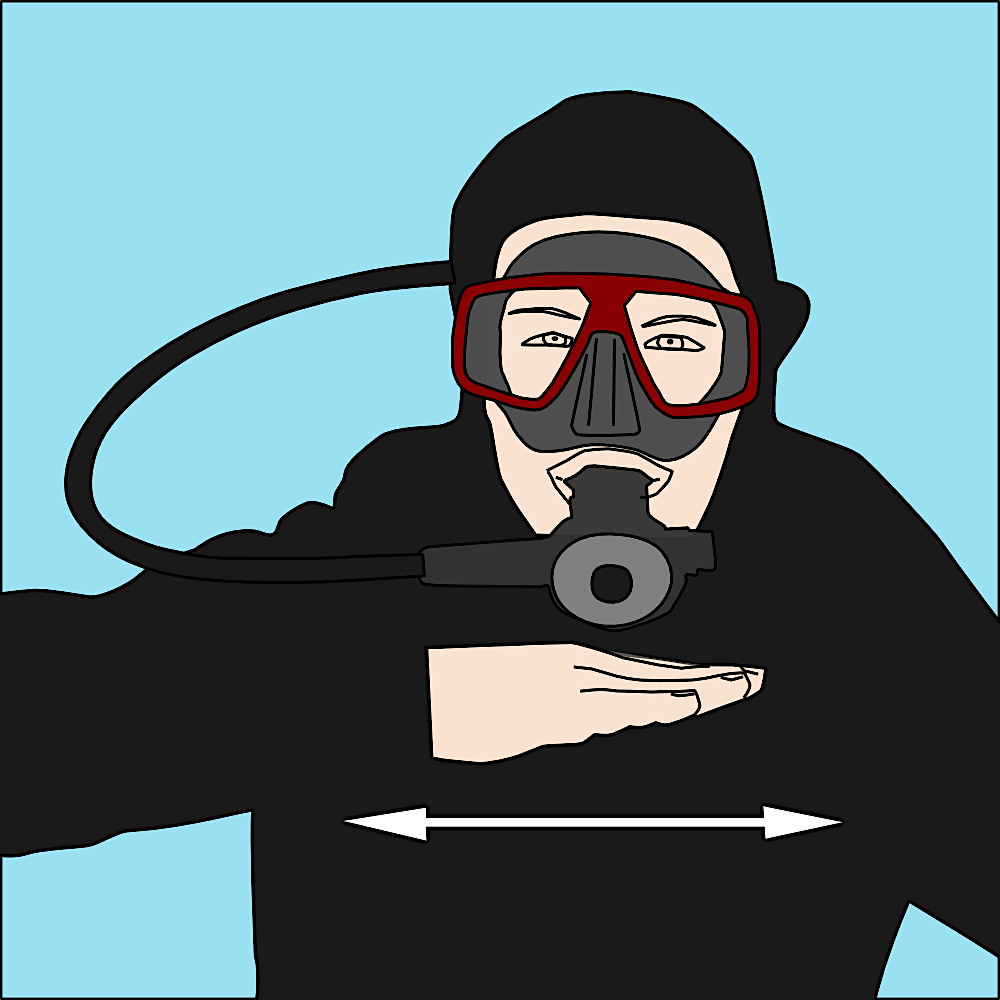
How to give the Signal for Out of Air
Our dive buddy should then respond by supplying us with their alternate air source and then immediately assist you with a slow and safe ascent directly to the surface.
Although we never plan to ever be in this situation these things can sometimes happen.
Having an effective plan and reminding all team members of the correct protocols in the event of this happening can be the difference in a successful ascent.
Reminders of safety signals and remaining within close proximity of your buddy during a dive is very important
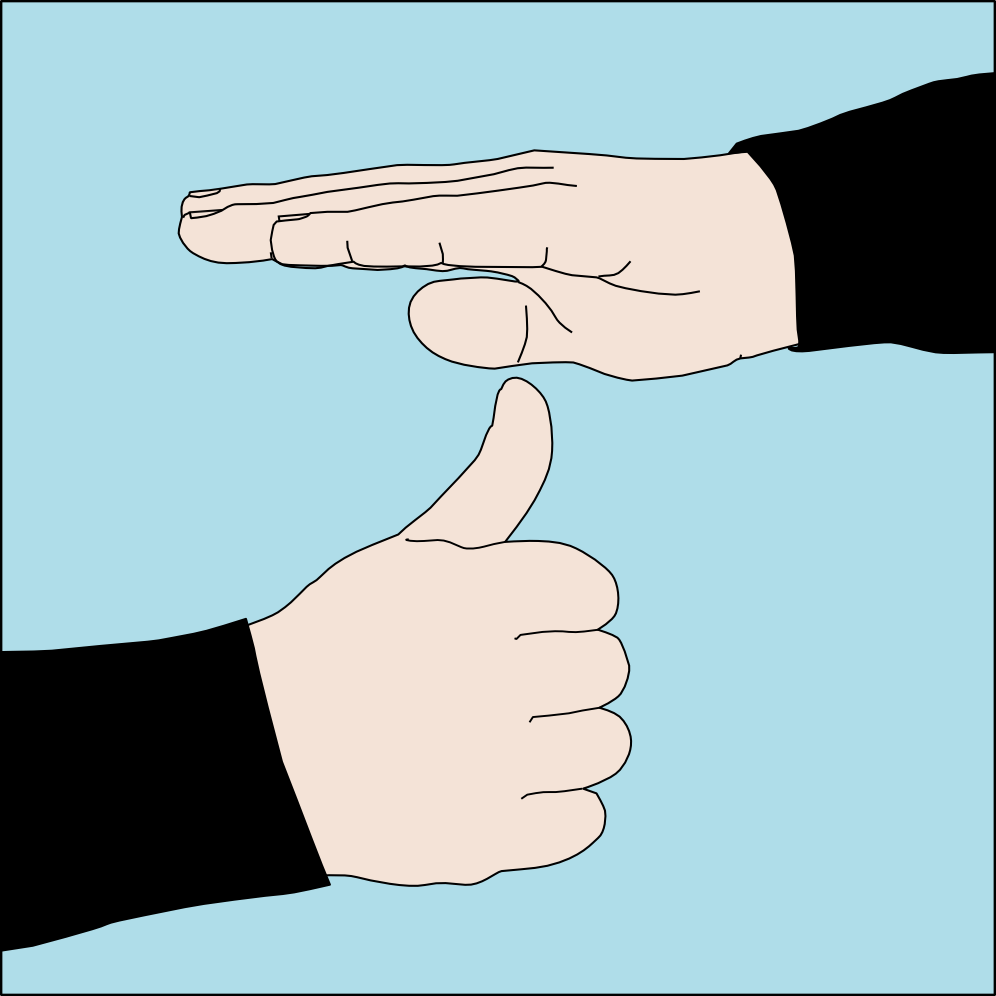
6. Safety Stop Hand Signal
The Safety Stop hand signal is used towards the end of a dive just before surfacing and involves informing our diving team that we would like to perform a safety stop.
This allows our buddy’s to check their depths on their computers and maintain 5 metres for 3 minutes.
As with all recreational diving, you can conduct no-stop dives as deep as 40 metres, which means safety stops are not compulsory.
However, as we are taught to be prudent, conservative and safe divers, it is highly recommended that we make them part of our diving plans, especially when doing deeper dives or multiple dives in one day or over a period of days.
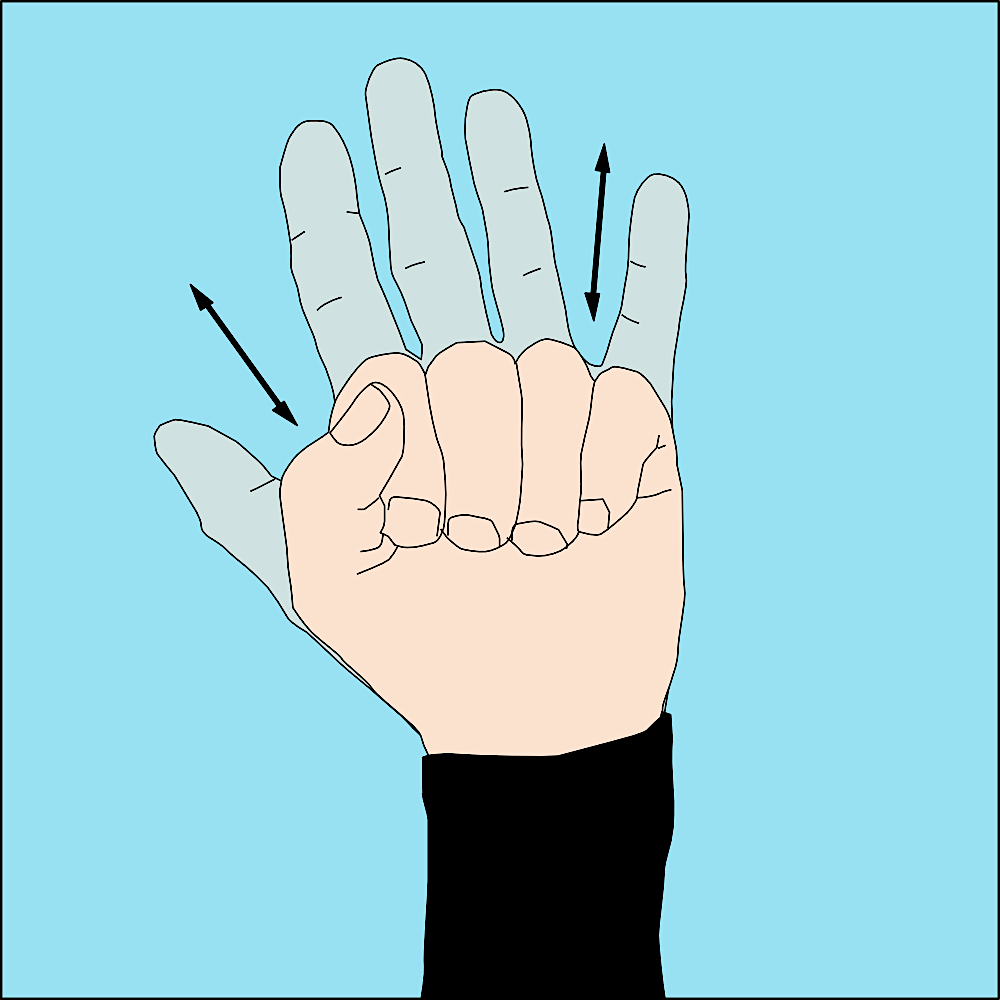
7. Cramp Hand Signal
Experiencing cramp underwater can be very painful and immobilise your movement underwater.
Although we may be able to remove the cramp ourselves this can take away your attention from other things.
Simply signalling the Cramp signal to your buddy allows them to easily be able to manage your problem underwater whilst remaining together in a team.
Being correctly weighted, wearing the correct exposure suit and most importantly keeping hydrated whilst diving can reduce the risk of cramp during scuba dives.

8. Go Up & Go Down or Ascend & Descend Hand Signals
The Ascend or Descend signals are a simple thumbs up or down hand gesture. These are not to be confused with positive or negative signals like the OK or Problem hand signals.
The ascend signal is used to communicate with your buddy that it is time to ascend.
This could mean to a certain depth if doing a multi-level or deep dive and would be followed by a depth signal.
If so, then it is something that should be clearly made a part of your dive briefing.
Another option is to use this signal towards the end of the dive or after a safety stop. This would be to indicate that it is time to ascend directly to the surface.

Ascending or Descending Hand Signals
If diving in a large group this hand signal communication is even more important.
If your buddy gives you this hand signal it is very important that you respond back with either an OK signal or a confirmation signal, which would be to simply repeat the Ascend hand signal back.
The descend signal when used underwater is a way to let our buddy know that we are ok to go deeper.
This may be used when descending down a mooring line or other reference and communicating that we are now ok to carry on with our descent.
Another way we can use this signal is if we have been experiencing any equalising problems. We would use this signal to communicate with our buddy that we are now ok to descend a little deeper.
Again like any demand-response signal it is important that we confirm our understanding back to our team.
This can be done by either responding back with either an OK signal or a confirmation signal that would be to simply repeat the Descend hand signal back.
9. Something is Wrong or I Do Not Feel Good Hand Signal
As all scuba divers know we should not go scuba diving if we are not feeling well.
However, it is possible that during a dive there is a lot that can change and we can begin to feel unwell.
This can be difficult to communicate underwater and can lead to lots of time being wasted either trying to explain the problem or the remainder of your team trying to work out the problem.
In the past we may have given an ascend signal or a signal to abort the dive.
Incident report cases have shown that best diving practises in this situation have at times been forgotten and divers have been allowed to surface alone.
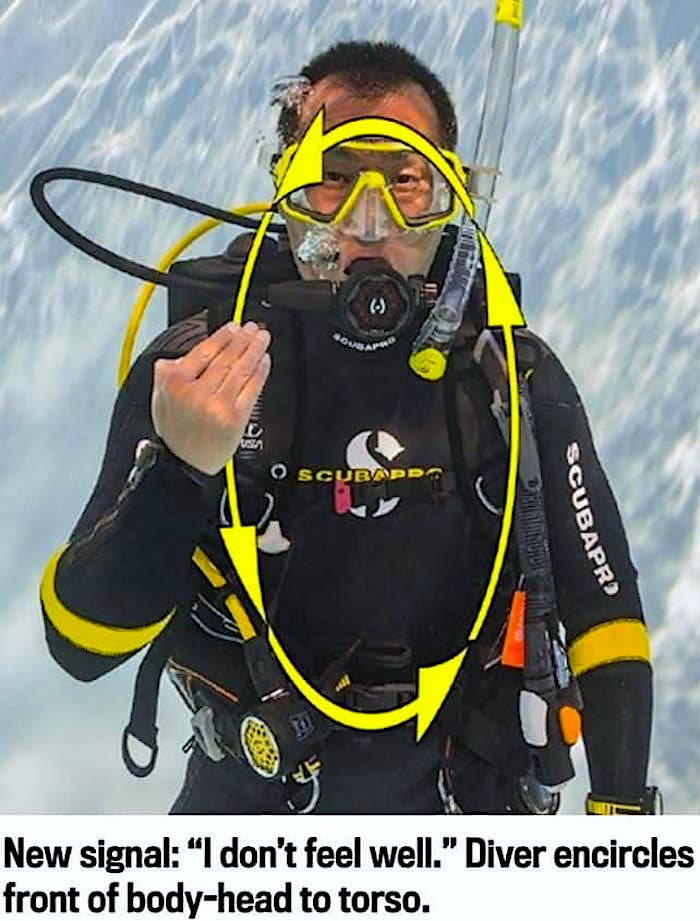
Hand Signal Underwater if You Feel Unwell
This is why as of 2020 this new hand signal has been introduced to the dive industry to better help with communication in the event of feeling unwell.
It allows unfamiliar buddy’s to be able to assist the other during an ascent if this sign is given.
It also alerts the other diver(s) to keep managing the diver during the ascent and even on the surface of the water.
For buddy teams that are more familiar with each other and may know of some physical or medical issues a diver may have, this signal could be the difference in having a positive outcome or not.
10. P is For Plastic Hand Signal
Last but by no means least we have another new hand signal that you may not know about.
As scuba divers it is just as important learning about the environment as it is about anything else.
Single-use plastics and marine debris are at the highest levels they have ever been. Thanks to social media, NGO’s and passionate individuals, making a difference through raising awareness and education on this matter is also at an all-time high.
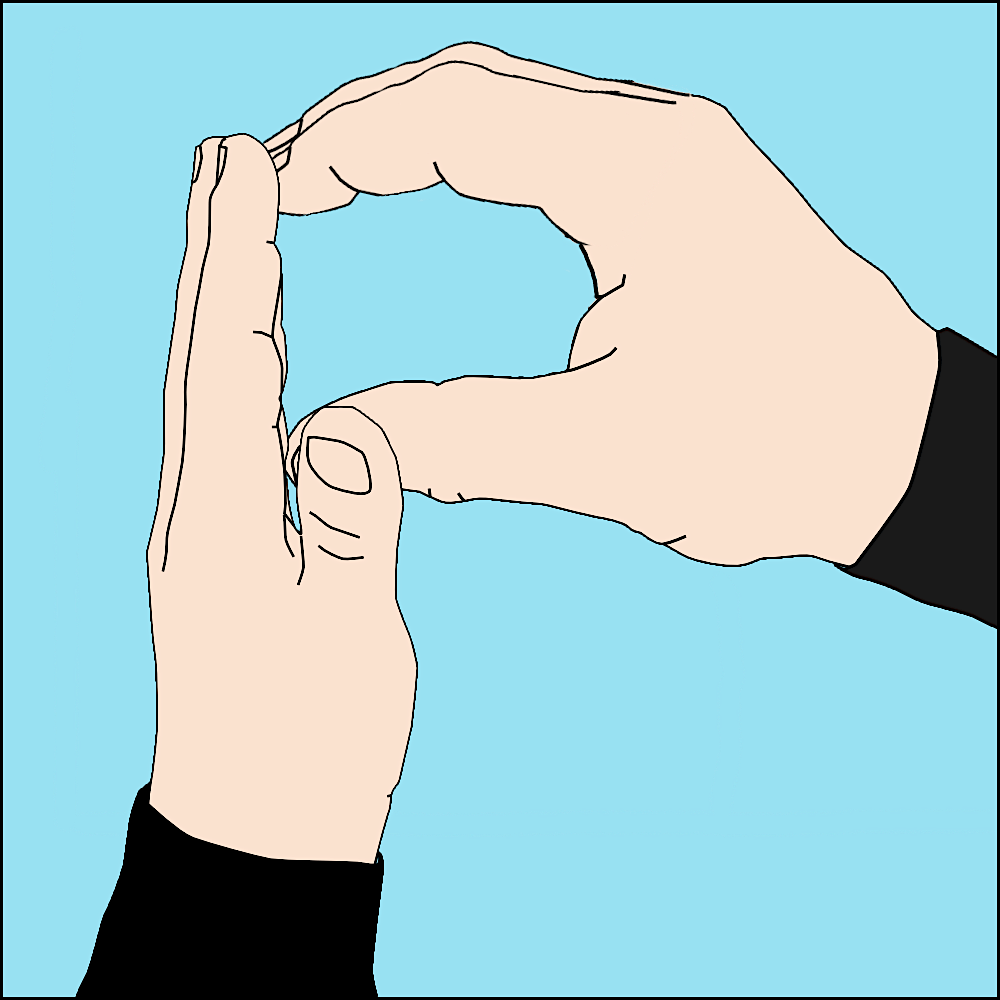
P for Plastic Underwater Hand Signal
The Plastic Soup Foundation have introduced a new hand signal to do just that.
The P for plastic hand signal can be used to let our buddies know that they either see or would like their buddy to pick up plastic marine debris.
By sharing this signal with as many divers as we can, we can quickly and simply raise awareness and alter our divers’ thinking to be on the lookout for plastic during every dive.
Hand Signal Communication is Key
With every dive we learn something new and this is no different with our hand signals and how we communicate to other divers underwater.
It is important we share these new signals with other divers and more importantly make sure we are using the same signals as each other.
The best way to ensure this, is to make sure before every dive we run through a pre-dive briefing/plan with each other.
It is important to never assume someone knows a hand signal based on their certification level or how many dives they have completed.
Understand Hand Signals & Communicate Effectively
Scuba Diving is a fun, exciting and rewarding water sport and offers everyone an opportunity to experience the amazing underwater environment.
With it comes responsibility, to each other and to the marine environment so understanding your hand signals and communicating effectively using them, is a great way to demonstrate your commitment to both.
Images: Creative Commons Licence
Peter Southwood


